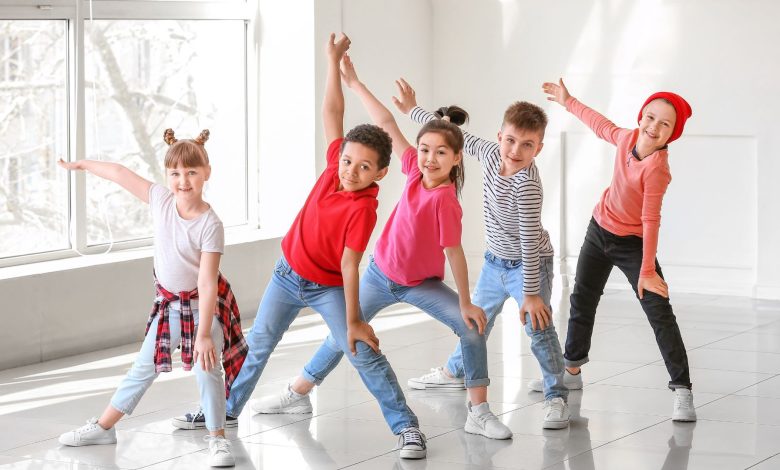The Science Behind Dance Therapy for Kids: Movement, Mind, and Development

Movement is a fundamental language for human expression, especially during the crucial years of a child’s development. Dance therapy harnesses this natural impulse, offering a structured, creative outlet for emotional and psychological growth. Let’s explore the science and mechanisms that underpin this powerful form of intervention.
The Neurobiological Connection
Movement-based psychotherapy, known as dance therapy for children, taps directly into the brain’s capacity for change. Physical activity stimulates the release of neurotransmitters, chemicals that elevate mood and reduce stress hormones like cortisol. This biological reaction helps calm the nervous system, making it easier for children to approach challenging emotional material in a safe setting.
The rhythmic nature of movement helps reorganise neural pathways, particularly those involved in motor control and memory. Repetitive motions aid in sensorimotor integration, which is vital for children with developmental differences. By synchronising body actions with musical cues, the brain enhances its speed and improves coordination between cognitive and physical domains.
Body and Mind Integration
Dance and movement offer children a tangible way to ground abstract emotional experiences in their physical bodies. Many kids struggle to articulate feelings with words, but movement provides a spontaneous, immediate language. This allows for a holistic experience where the mind and body are fully engaged in the act of developing self-awareness.
Therapists utilise this integrated approach to address issues such as poor body image or low self-esteem. Through structured activities, children explore their spatial boundaries and personal strength, literally taking up space with confidence. Success in mastering a movement sequence translates into a psychological sense of competence and personal achievement.
Emotional Expression and Regulation
A core aim of movement therapy is to teach children to identify, tolerate, and modify their intense emotional states through controlled movement. They learn to externalise difficult feelings like anger or frustration by translating them into dynamic motions. This provides a safe, non-judgmental space for experiencing the full range of human emotion. The therapist guides the child to modulate the intensity and speed of their movement, which mirrors teaching them emotional self-regulation.
When a child physically expresses sadness by, for instance, slow, heavy movements, they acknowledge the emotion without being overwhelmed by it. This externalisation decreases emotional strain and fosters insight into the cause of the feeling.
Motor and Cognitive Skills
Movement therapy significantly improves a child’s gross and fine motor abilities, which are the building blocks for daily tasks. Repetitive actions, such as stepping or reaching, strengthen muscle tone, coordination, and balance.
- Improved spatial awareness
- Enhanced bilateral coordination
- Better reaction time
- Increased body awareness
These motor improvements have direct cognitive benefits, as movement requires planning, sequencing, and focus. Multi-step movement instructions strengthen executive functions like memory and attention span.
Social and Relational Growth
Group movement sessions inherently encourage positive social interaction and peer connection. Children must observe, mirror, and respond to the actions of others, which improves their capacity for social reciprocity. This shared, rhythmic activity is highly effective at fostering empathy and cooperation within a group setting.
The non-verbal nature of the work often breaks down barriers for kids who find spoken social rules difficult. They learn to communicate intent and mood through posture and gesture, improving their non-verbal communication skills. This shared experience of movement creates deep, authentic bonds and aids in building vital relational competence.
The scientific evidence is embodied in therapeutic approaches that offer tangible developmental advantages. The benefits of dance therapy for children include profound emotional and neurological support. By engaging with the body’s innate wisdom, children learn emotional regulation and improved self-expression. This unique intervention acts as a catalyst for understanding and positive change, preparing children for healthier, more fulfilling lives.



